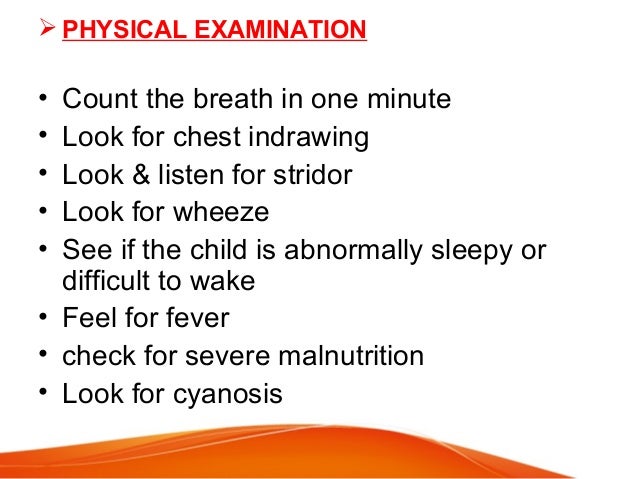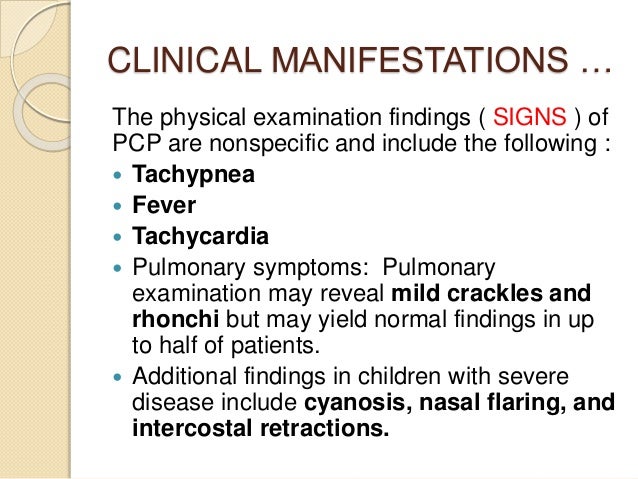
Beta-lactam antibiotics (such as penicillins) interfere with bacterial cell walls. Treatment can include a single drug or a combination of drugs. Antibiotic treatment is determined by several factors, including: the type of organism present, the patient's history of antibiotic therapy, the patient's immune status, the presence of co-existing diseases, and whether hospitalization is needed. Pneumonia patients need an antibiotic that is effective against the organism causing the disease. If hospitalization is needed, the standard treatment is intravenous antibiotics. Home-care involves: drinking fluids, monitoring body temperature, allowing the cough reflex to clear the lung (no cough suppression), pain relief (if needed), finishing the entire course of antibiotics (if applicable), and not smoking. Most adult patients do not need to be hospitalized for pneumonia. Treatment generally involves determining the need for: hospitalization, antibiotics, supportive care, and follow-up care. In some case, such as if standard diagnostic procedures yield no definitive results, invasive techniques may be employed. Diagnosis may include one or more of the following: patient history, physical examination, laboratory tests, and imaging. It is important to identify the infecting organisms, because they require different treatments. For community-acquired pneumonia, risk factors include: being very young or elderly, having a chronic lung disease, having a compromised immune system, having a swallowing disorder, staying in dormitory conditions, exposure to smoke or pollutants, abusing drugs or alcohol. For hospital-acquired pneumonia, risk factors include: being very young or elderly, undergoing surgery, having a chronic illness, being in the intensive-care unit, receiving sedation, receiving antibiotics. Prognosis varies according to the type of infecting organism. Small children who develop pneumonia and survive are at risk for developing lung problems in adulthood. Elderly patients have lower survival rates than younger adult patients. The mortality rate is much higher for hospitalized patients. The mortality rate is well below 5% in outpatients. The majority of pneumonia patients respond well to treatment. Symptoms may include: shaking chills, fever, chest pain, cough, night sweats, nausea, vomiting, muscle aches, rapid breathing and heartbeat, shortness of breath, and weight loss. Symptoms vary among children, adults, and the elderly. 
Opportunistic pneumonias, caused by organisms that are usually harmless, can arise in patients with impaired immunity.The Gram-positive bacterium Streptococcus (S.) pneumonia, also called pneumococcus, is the most common cause of pneumonia.Pneumonia can also be caused by viruses, fungi, and other agents.


Bacteria are the most common causes of pneumonia.It can be defined according to the setting of infection (community- or hospital-based pneumonia).It can be defined according to its location in the lung (lobar pneumonia or bronchopneumonia).Pneumonia is inflammation of the air sacs in the lungs.







 0 kommentar(er)
0 kommentar(er)
